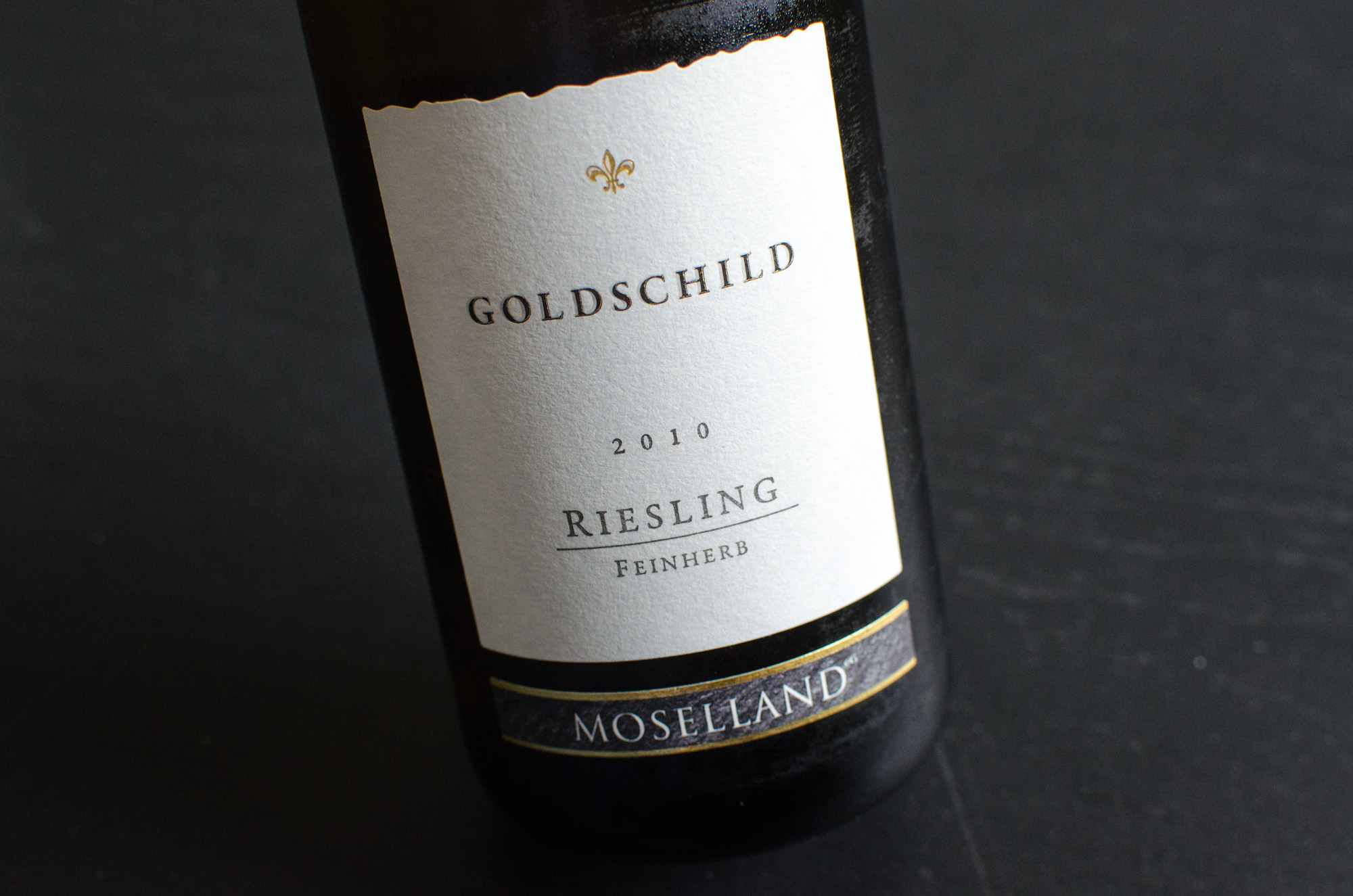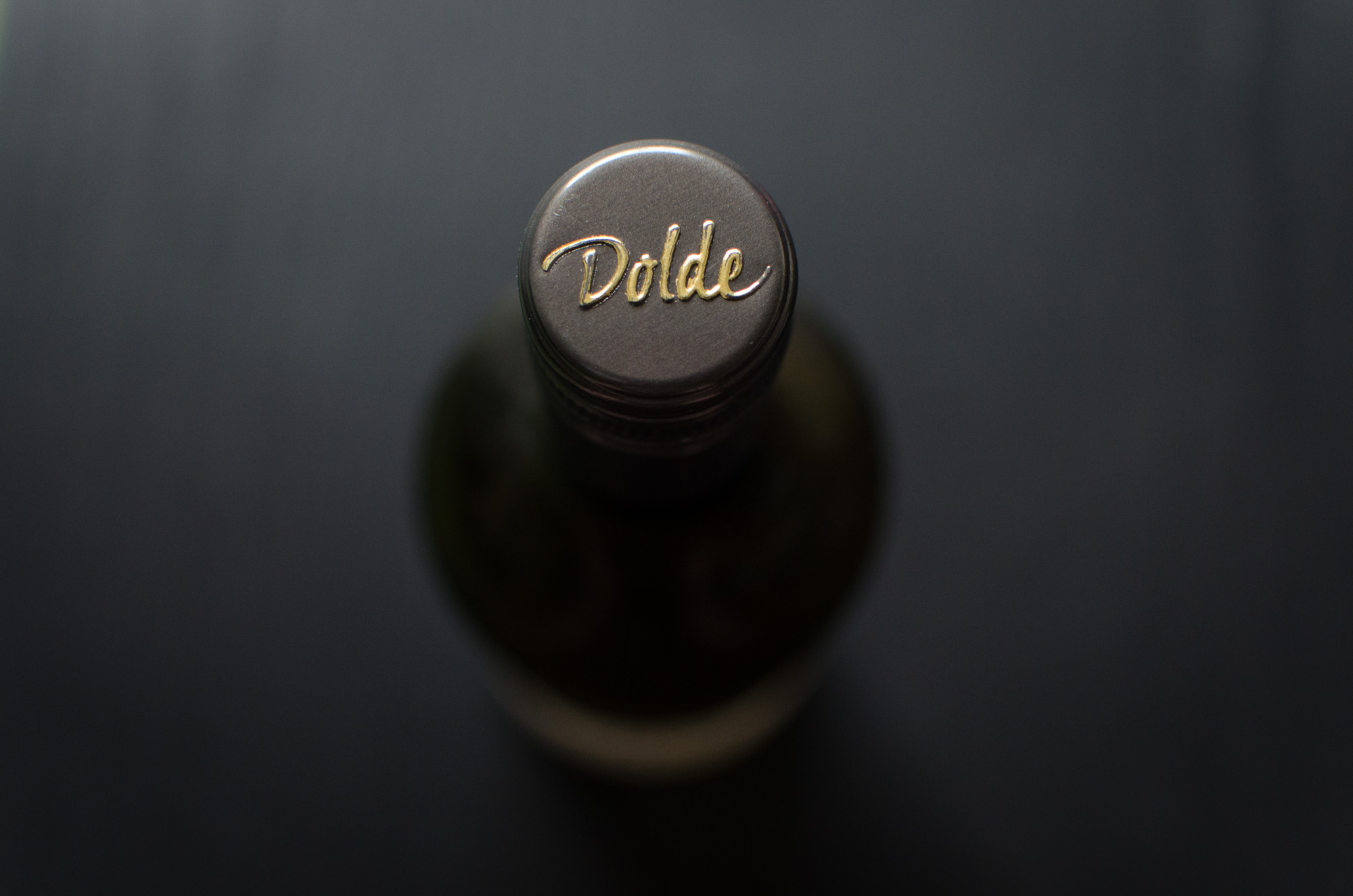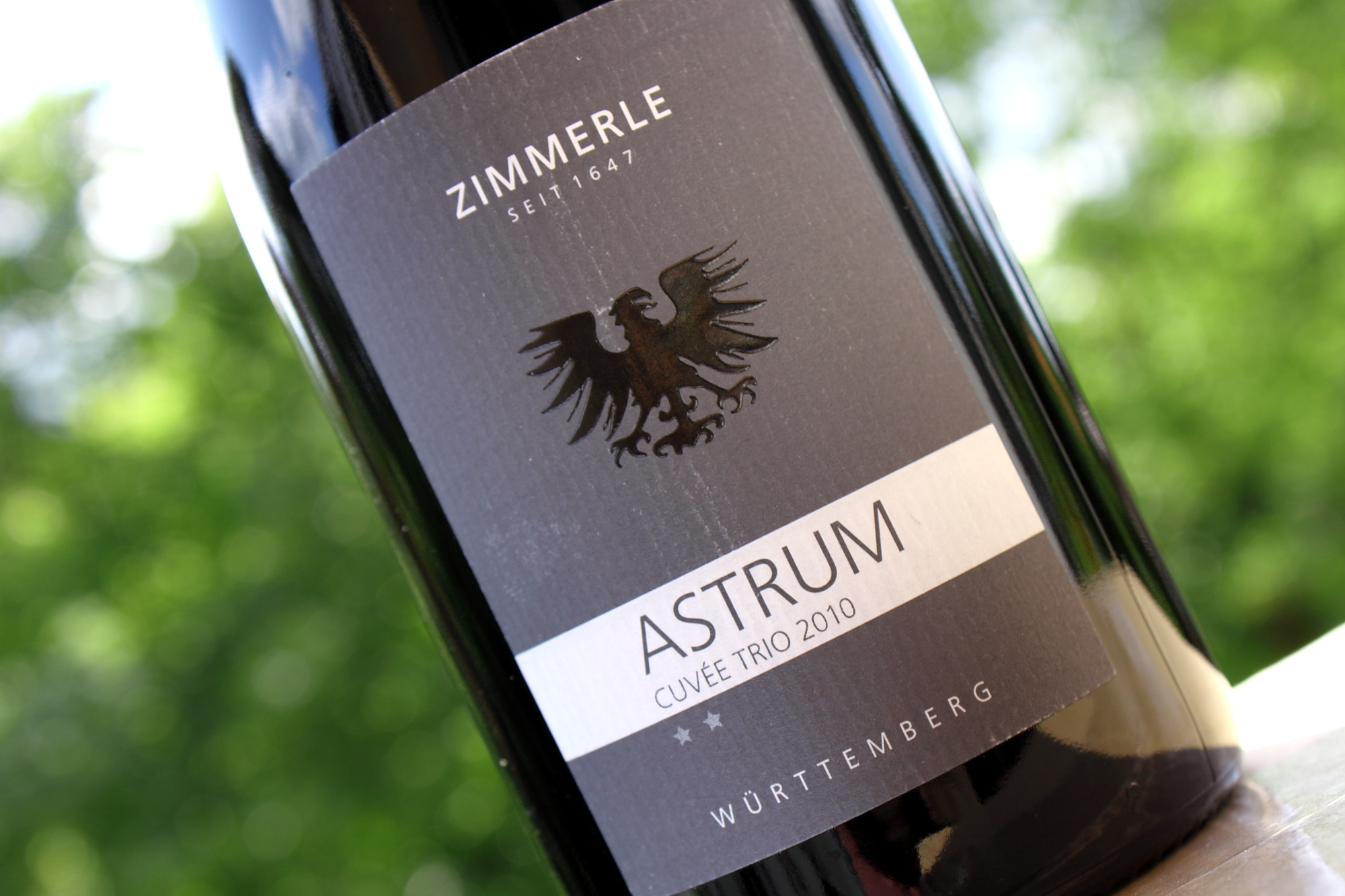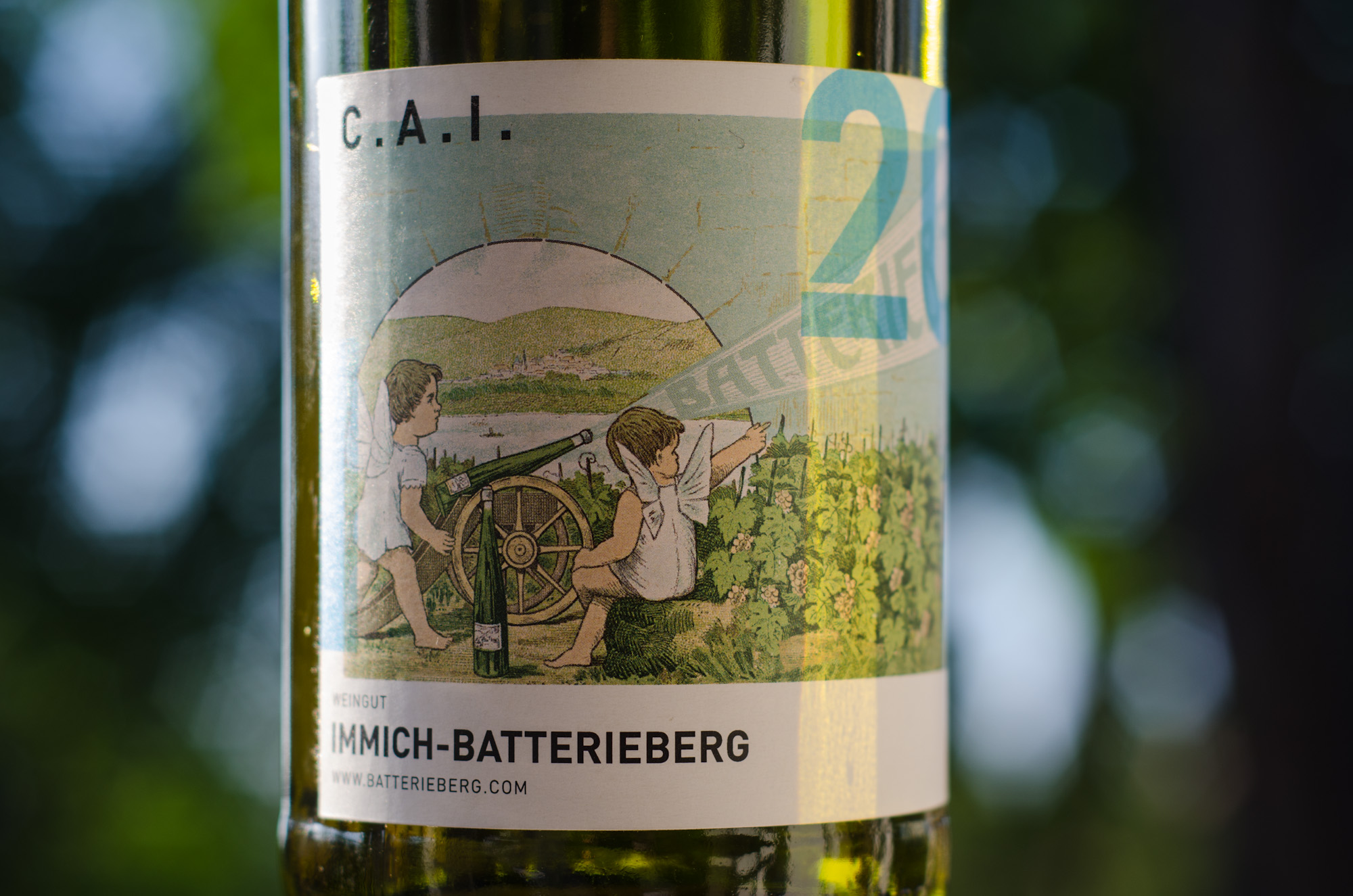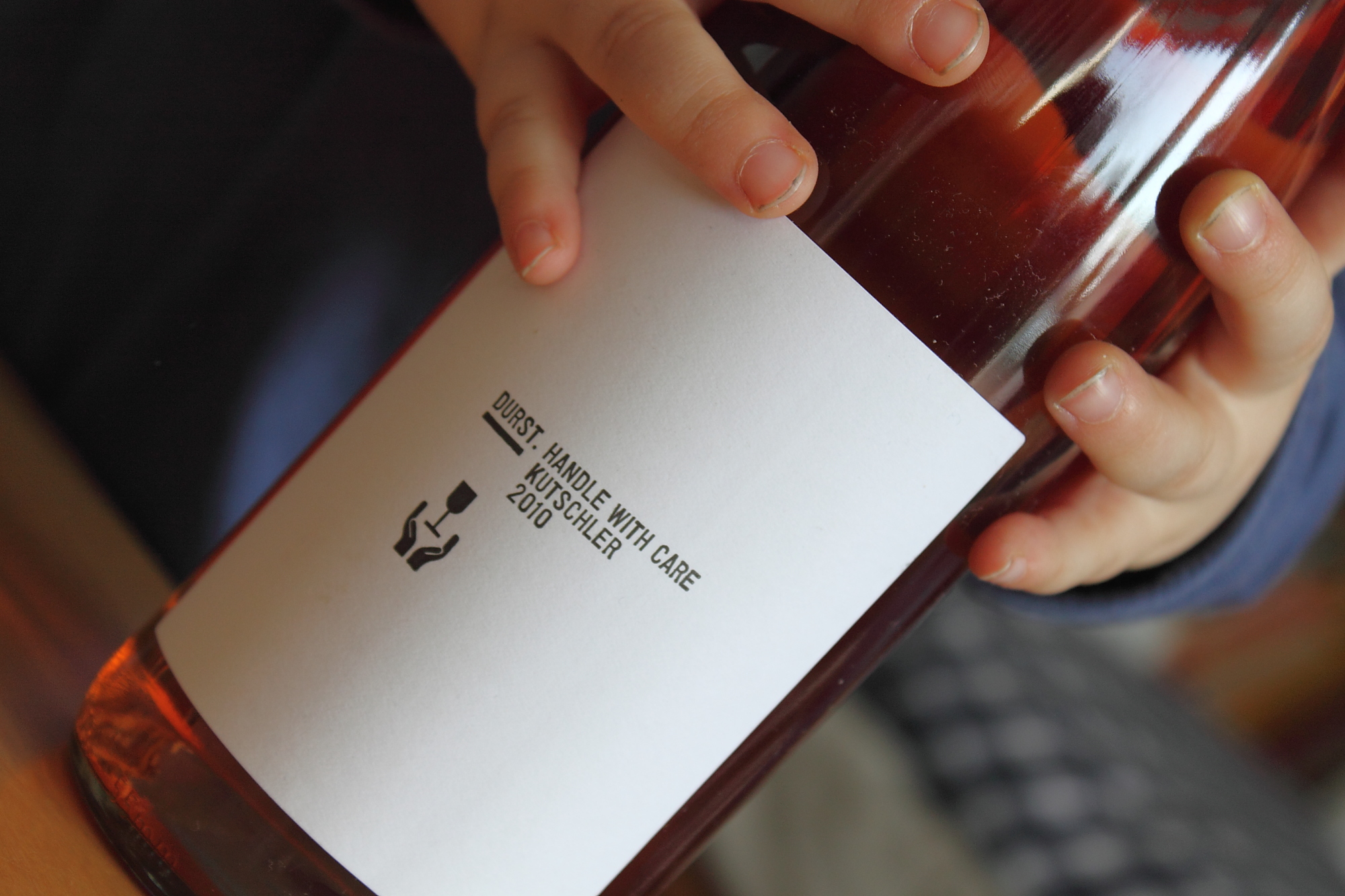Weingut Runkel, Weißer Burgunder trocken, 2010
I like Pinot Blanc. It's is that simple. As our regular readers know I am always in danger of rambling on for too long, so I will keep this short. I really like Pinot Blanc. In Germany it is called Weißer Burgunder or Weißburgunder ("white Burgundy") and one of the more popular white grape variety (although nowhere as common as Riesling or Müller-Thurgau). What I find particularly attractive about Weißburgunder is how it manages to be a very enjoyable drink but also has a more serious side, either in a leaner, smoky and edgy style or, especially when aged in oak barrels, a more complex and substantial one.

Julian has recently been somewhat unhappy with a Pinot Blanc from one of the top producers in Baden, so I wonder how this more inexpensive specimen from less prestigious Rheinhessen will do.



